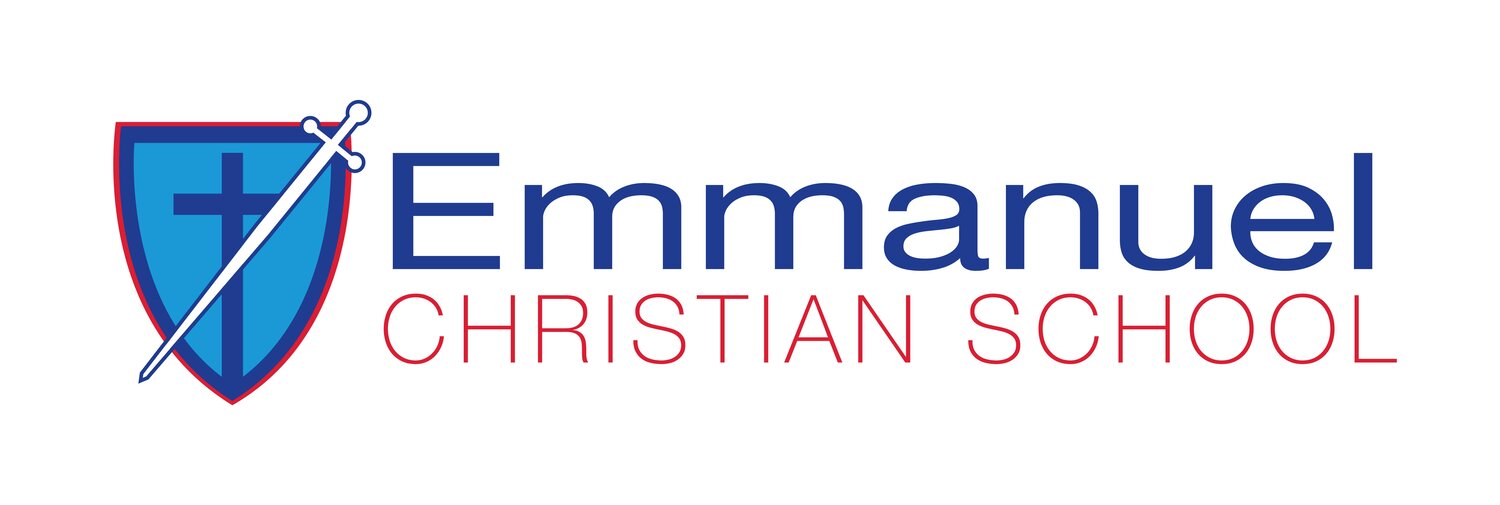There is no question that we live in an ever changing, fast paced world.
An acronym I have seen a lot lately in my reading is, VUCA. We are now living in a VUCA world. VUCA, which stands for Volatile – Uncertain – Complex – Ambiguous is certainly an apt definition and one that is tricky, even for an adult to comprehend.
Not to sound cliché, but when I was a boy, at the end of the school day, I would catch the school bus home. Once home, it was very rare if I communicated with my friends. Living in a household that only had one telephone, which was situated in the hallway between the lounge room and kitchen, privacy was very scarce. Growing up in the semi-rural area of the picturesque West Tamar, socialising with friends after school wasn’t an everyday event.
Nowadays, this distance between people does not seem to pose the same barriers that my adolescent years presented. When I speak to some students, they appear to be connected almost 24/7. Quite often I find myself pondering, is this a good thing?
In my role as Deputy Principal, dealing with behavioural concerns is just part of the deal. It only feels like a few short years ago that the majority of what I dealt with occurred in the classroom. Unfortunately, this appears to be no longer the case. I would hazard a guess that 80% of what I am currently dealing with on a daily basis, no longer even occurs at school. The majority of issues that present, appear to stem from incidents that occur after hours, online, on social media.
Mean on purpose behaviour can occur online just as easily as it does in the playground or classroom. Online, it appears to happen most frequently via social media platforms like Instagram, Snapchat, Facebook and TikTok.
Repeated incidents can be referred to as online bullying. Examples of this may include:
Posting images of someone without their permission
Sending mean messages via a messaging app or email
Leaving someone out of group chats or using group chats to harass someone
Posting from someone else’s social media profile without consent
Creating fake identities
Leaving mean comments on someone else’s social media accounts
Online bullying can be done by a peer, a small group of peers and sometimes even by strangers. Whether these incidents occur as a one off or even periodically, they can be very distressing and damaging for our young people.
Not only is bullying a concern, these social media platforms also present an issue for students being exposed to inappropriate material. Most current research places the average age of children first being exposed to online pornography at 11 years old. In some cases, children as young as 8 and 9 are also being exposed.
So as parents, what can we do to help our children navigate these tricky times?
There are some simple measures we can do to keep our children safe.
Talk openly with your child about their online activity
Keep screens and devices where you can see them
Create a public space in the family room for kids to use devices
Avoid allowing kids in their bedrooms with device
Make sure privacy settings to set to private on apps
Keep track of how long children are online
Have your children place their phones to charge overnight away from their bedrooms.
As parents we need to stay involved in our children's digital world, know the apps they are using, use parental controls where possible, and block and report people who make us feel uncomfortable.
The eSafety Commissioner can help with both online bullying and by getting offensive material removed from sites on your behalf. This can be done by completing a complaint form on their website. A complaint can be made to the eSafety Commissioner by a person who is under eighteen years, or by an adult who is either the parent or carer of the young person who is experiencing difficulties. Complaints can be lodged via an online form on the eSafety Commissioner website.
Before you make a complaint, you should:
Contact the social media provider and report the abuse
Keep proof that you have done this
Keep a note of the date that the report was filed
It is always a good idea to gather as much evidence as you can such as screenshots, videos links and keep any messages.
Making a complaint to the eSafety Commissioner is the best way to go if you have reported abuse to your social media provider and the offensive material hasn’t been removed within 48 hours.
Students and parents should always stay alert – people aren’t always who they seem in online environments where identity is easy to fake.
Drew Roberts — Deputy Principal

